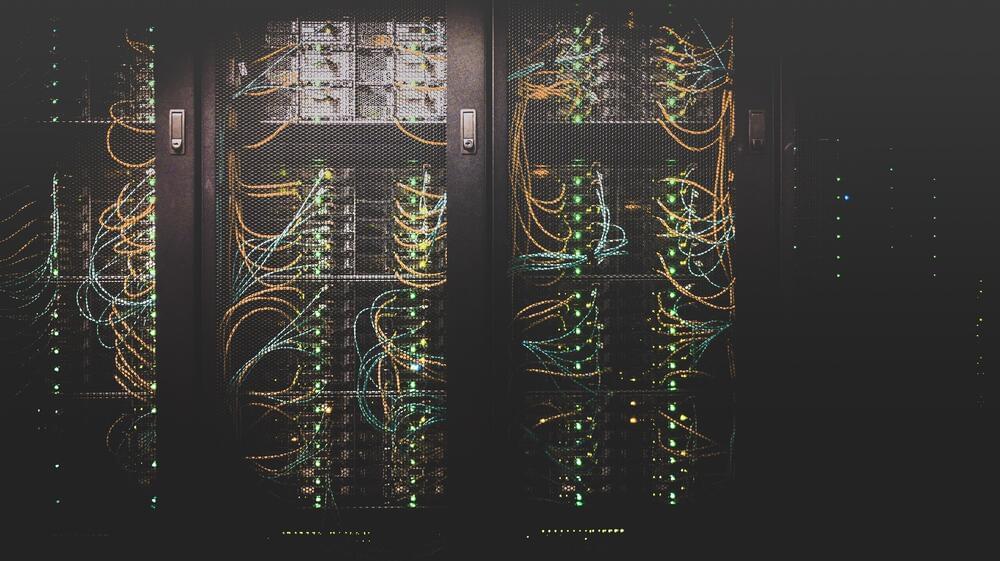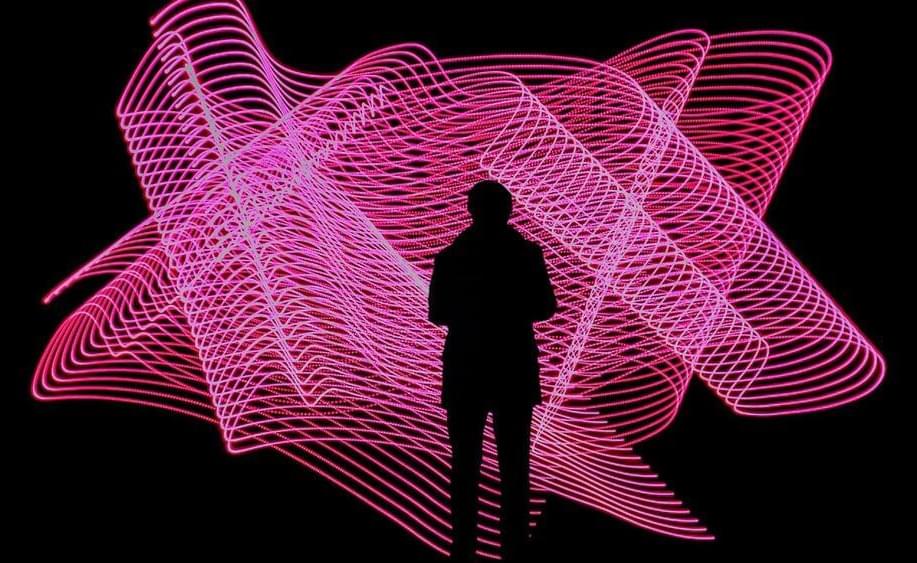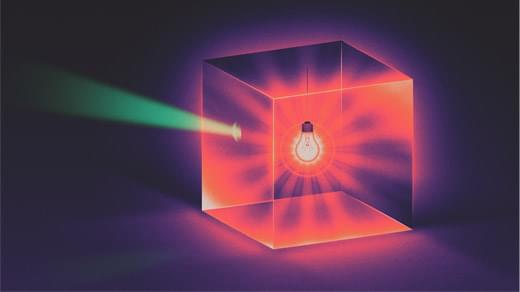This week, the U.S. Department of Energy (DOE) announced a multibillion-dollar program to develop carbon dioxide removal technologies.



Does the breakthrough to general AI need more data and computing power above all else? Yann LeCun, Chief AI Scientist at Metaon the recent debate about scaling sparked by Deepmind’s Gato.
The recent successes of large AI models such as OpenAI’s DALL-E 2, Google’s PaLM and Deepmind’s Flamingo have sparked a debate about their significance for progress towards general AI. Deepmind’s Gato has recently given a particular boost to the debate, which has been conducted publicly, especially on Twitter.
Gato is a Transformer model trained with numerous data modalities, including images, text, proprioception or joint moments. All training data is processed by Gato in a token sequence similar to those of large language models. Thanks to the versatile training, Gato can text, describe images, play video games or control robotic arms. Deepmind tested the AI model with over 600 benchmarks.


Should we send robots on space missions instead of humans?
The cost differences are huge. In fact, NASA could pursue dozens of robotic missions for the cost of a single human mission. Also worth considering–wealthy entrepreneurs have made great advances recently with private space efforts.
Given the large ambitions for private human space flight, isn’t it time to phase out NASA’s human missions? The private sector has gained ground, and so the government should yield.
The private sector has shown that it can do space flights far cheaper than NASA’s cost overruns are infamous. The cost of building the International Space Station, for example, ballooned from $17 billion to $74 billion.
Given the need to reduce large budget deficits, most federal agencies should be cut. For NASA, policymakers should consider phasing out the human missions and narrowing the agency’s focus to more efficient robotic missions.
Join the conversation using #CatoEcon.


Cryptocurrency scammers are using deep fake videos of Elon Musk and other prominent cryptocurrency advocates to promote a BitVex trading platform scam that steals deposited currency.
This fake BitVex cryptocurrency trading platform claims to be owned by Elon Musk, who created the site to allow everyone to earn up to 30% returns on their crypto deposits.
This scam campaign started earlier this month with threat actors creating or hacking existing YouTube accounts to host deep fake videos of Elon Musk, Cathie Wood, Brad Garlinghouse, Michael Saylor, and Charles Hoskinson.

Google’s Threat Analysis Group (TAG) says that state-backed threat actors used five zero-day vulnerabilities to install Predator spyware developed by commercial surveillance developer Cytrox.
In these attacks, part of three campaigns that started between August and October 2021, the attackers used zero-day exploits targeting Chrome and the Android OS to install Predator spyware implants on fully up-to-date Android devices.
“We assess with high confidence that these exploits were packaged by a single commercial surveillance company, Cytrox, and sold to different government-backed actors who used them in at least the three campaigns discussed below,” said Google TAG members Clement Lecigne and Christian Resell.

THE #QUANTUM #PHYSICISTS Sandu Popescu, Yakir Aharonov and Daniel Rohrlich have been troubled by the same scenario for three decades.
It started when they wrote about a surprising #wave #phenomenon called #superoscillation in 1990. “We were never able to really tell what exactly was bothering us,” said Popescu, a professor at the University of Bristol. “Since then, every year we come back and we see it from a different angle.”
Finally, in December 2020, the trio published a paper in the Proceedings of the National Academy of Sciences explaining what the problem is: In #quantumsystems, superoscillation appears to violate the law of conservation of #energy. This law, which states that the energy of an isolated system never changes, is more than a bedrock physical principle. It’s now understood to be an expression of the fundamental symmetries of the universe—a “very important part of the edifice of physics,” said Chiara Marletto, a physicist at the University of Oxford.
More ⤵️
#quantumphysics #university #Research #Lawofphysics
By resolving a paradox about light in a box, researchers hope to clarify the concept of energy in quantum theory.
“This mission heralds the dawn of a new era of space exploration.”
Ten years ago on May 22, 2012, Elon Musk’s SpaceX made history. The company became the fourth entity, after the United States, Russia, and China, to launch a spacecraft into orbit and, on May 31 of that year, return it back to Earth. The achievement fundamentally altered the course of the next decade of space exploration.
That mission, the Dragon C2/3, was also the first commercial spacecraft to dock with another spacecraft in orbit — the International Space Station, in SpaceX’s case, on May 24, 2012. It was also the first commercial spaceship to return cargo back to Earth.
At the time, Musk reportedly stated in a press conference: “This mission heralds the dawn of a new era of space exploration, one in which there is a significant commercial space element.”
